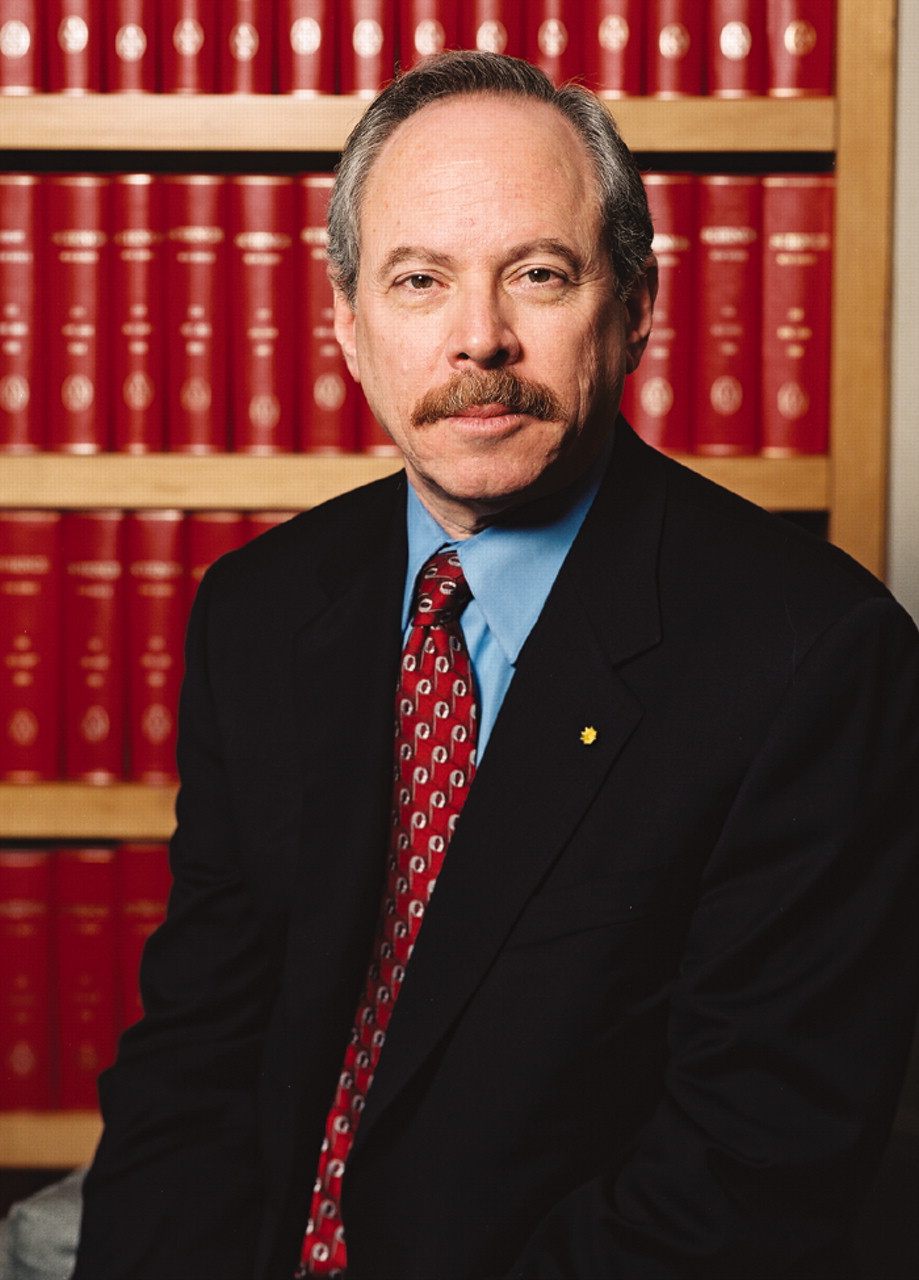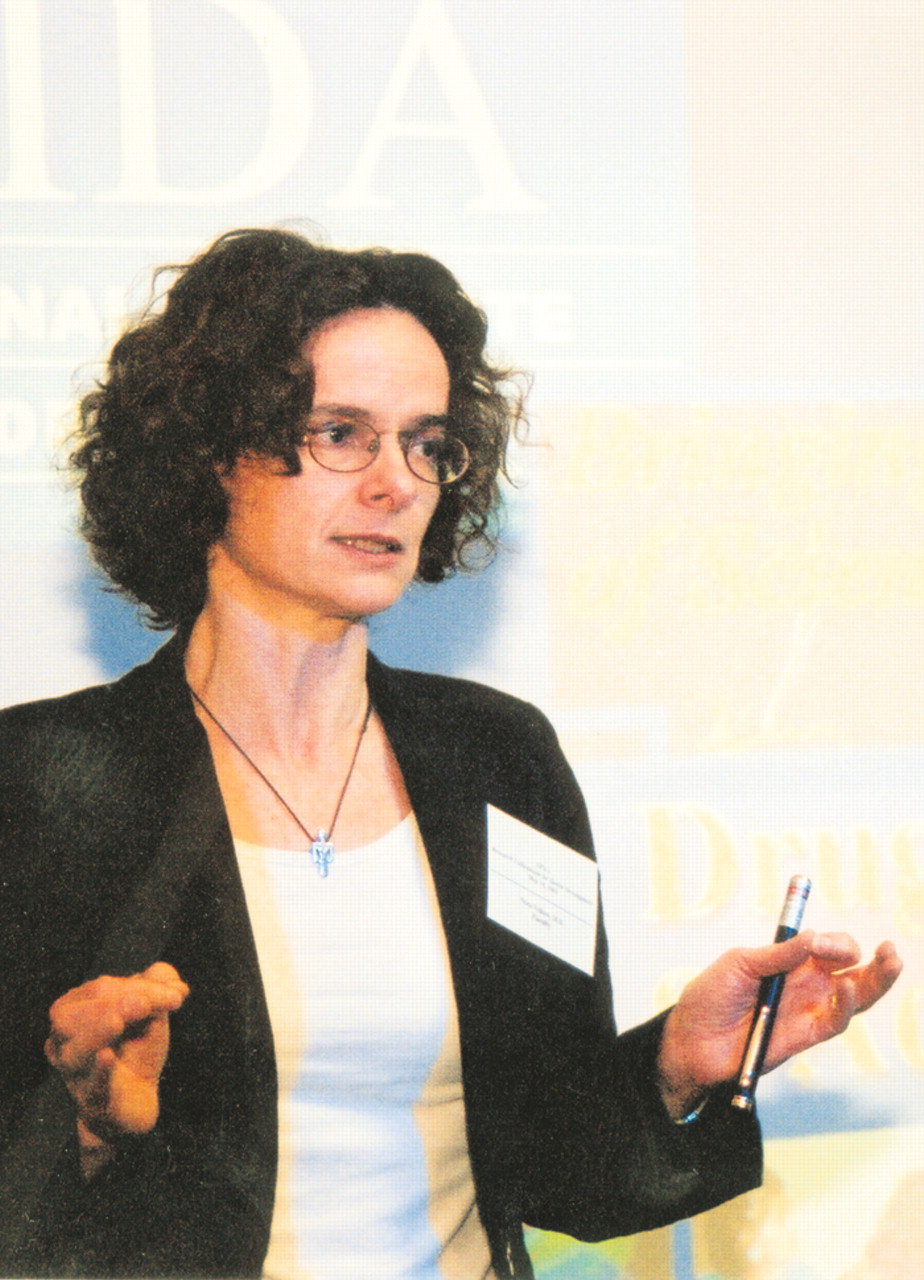Last month’s annual meeting of the American Academy of Addiction Psychiatry (AAAP) was marked by provocative keynote speeches from the current and immediate-past directors of the National Institute on Drug Abuse (NIDA). Addiction treatment specialists in attendance were, in effect, told to embrace a broader view of addiction science—firmly planted in the mainstream of medicine, rather than on the sidelines as a small subspecialty.
After being presented with the AAAP 2003 Founders’ Award for his contributions to advancing the science of addiction, former NIDA director Alan Leshner, Ph.D. (now chief executive officer of the American Association for the Advancement of Science), took the opportunity to describe five trends he said have resulted in “major changes over the last decade in science in general and specifically in the treatment of drug abuse.”
“First, ‘big science’ has finally met biomedical science,” Leshner said, exemplified by the recent accomplishments of the Human Genome Project. Second, all scientific fields are now clearly interdependent, he added, noting that, third, “there is no longer such a thing as a disciplinary science. The leading edge of scientific discovery is multidisciplinary and requires collaboration.”
The fourth and most dramatic trend, Leshner continued, is that technology now drives science, rather than the reverse, which had been traditional.
“Technology is enabling new questions, new answers, and new explorations and is changing fundamental paradigms,” Leshner asserted. “Advances in technology have allowed us to look inside the brain, probing how it works.”
Most notably, Leshner added, advances in brain-imaging techniques have allowed medical scientists for the first time to understand the biological basis for several mental illnesses, including addiction.
These advances, he noted, have brought about the notion that there really is no “nature versus nurture, . . .the big truism is that all things are an interaction between environment and our genes.”
What remains to be answered, he said, is what is the actual transduction process. “How, indeed,” he asked, “do we get behavioral change out of brain change?”
Traditional Relationships Changing
Finally, Leshner said, the fifth critical trend is that the relationship between science and the public is changing. “This will clearly change how we do things and how we regulate science,” he observed. The public has become more understanding of science and medical disorders. As a result, both the public and policymakers will want a greater say in regulating science.
“We are close to understanding some very contentious issues,” Leshner said. The genetics of behavior, he noted, began with studying syndromes, yet now researchers look at the interactions of genes with specific symptoms “and soon, we will look at the genetics of certain traits,” such as cognitive function, intelligence, and violence.
“Understanding addiction as a brain disorder has tremendous implications,” he cautioned. As the public understands more about the biologic origins of addictive disease, they will be more likely to become increasingly intrusive. He cited trends in Europe, where science is commonly overseen by public-policy boards that monitor accountability, conflicts of interest, and demand true informed consent.
Leshner emphasized that scientists must listen to the public’s priorities and understand what questions they would like investigated. This collaboration between the public and medical science is a wave of the future, he said. The more prepared scientists are for its arrival, the farther the wave can take scientific discovery.
NIDA’s Priorities
NIDA Director Nora Volkow, M.D., detailed what she believes should be the institute’s research priorities over the next few years.
NIDA’s highest priority, she said, will be prevention research.
“We must look at the genetics behind both risk and resilience,” she said. “We must look at brain-development processes, we must investigate environmental risk factors, and we must address comorbidity—the most significant risk factor for substance abuse.”
Other clear priorities are the development of new treatment interventions as well as HIV/AIDS research, she said, and a strong need to train new researchers.
“Addiction is clearly a developmental disease of the brain,” Volkow asserted, citing several researchers’ findings that cognitive processes, including inhibitory control, develop later than spatial, sensory, and language functions.
“The ability of adolescents—those at highest risk—to resist tempting drugs of abuse is anatomically not as well developed as that of adults exposed to the same substances,” Volkow said.
The environmental risks are known, she noted—poor family support, poverty, crime, and availability of drugs of abuse.
“What we do not know is: What are the neurobiological factors that mediate social stressors as risk factors for substance abuse?”
Plastic Brain Theory
Volkow reviewed several studies—including some of her own conducted while she was at Brookhaven National Laboratory—that have documented that the brain continues to grow new neurons as well as new connections between brain circuits throughout adulthood. In addiction, she added, we now know that dopamine type 2 or D2 receptors are decreased in abusers of cocaine, alcohol, methamphetamine, and heroin.
We do not know, she countered, whether these D2 receptor changes are genetic or occur as a result of long-term drug use.
“There is a third possibility, however,” Volkow ventured. Several studies, she noted, have documented changes in D2 receptor density as an apparent result of environmental stimuli. These results have drastic implications for addiction treatment.
“Could we possibly design a behavioral intervention,” Volkow asked, “that would change brain structure, for example, strengthening areas of the brain that modulate inhibitory control?”
From Bench to Bedside
“We have a tremendous translational bottleneck,” she stressed, in getting basic research advances from the laboratory to patients’ bedsides and into the community to foster public understanding.
Echoing Leshner’s contention that science is becoming increasing interdisciplinary and driven by the public, Volkow noted Leshner’s accomplishments as NIDA director such as establishing the institute’s Clinical Trials Network (CTN). In the CTN, NIDA partnered with the Substance Abuse and Mental Health Services Administration to implement new treatments directly in community addiction-treatment programs.
“We must break the bottleneck and increase transdisciplinary research,” Volkow declared. “Ultimately, we must learn how to modify the genetic and the environmental risks [for addiction] so that predisposition does not equal predetermination. NIDA must provide the science that helps answer the public’s questions and change public policy to increase provision of and reimbursement for addiction treatment.” ▪


